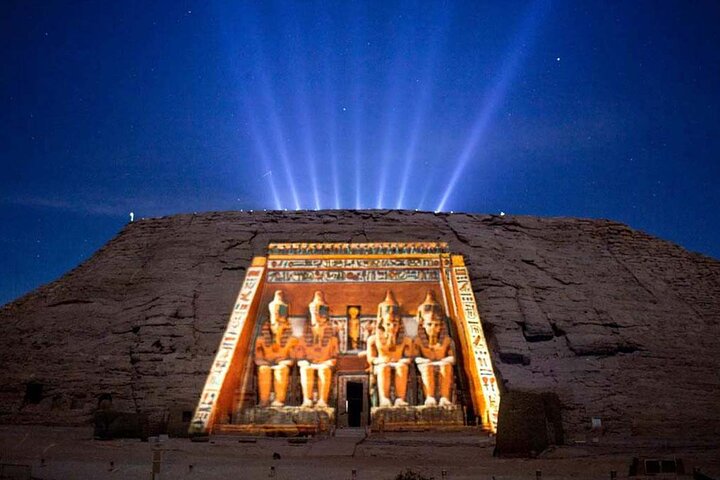By Admin
Jan 23, 2024
3 min read
Exploring Karnak Temple: A Marvel of Ancient Egypt.
Nestled by the Nile River in Luxor, Egypt, Karnak Temple Complex is a stunning relic of ancient times. Covering over 200 acres, it’s one of the biggest religious sites ever built, showcasing Egypt’s rich history spanning thousands of years. With towering columns, intricate carvings, and impressive monuments, Karnak continues to enchant visitors worldwide, offering a glimpse into Egypt’s glorious past.
Historical Significance:
Originally dedicated to Egyptian gods Amun, Mut, and Khonsu, Karnak was a religious and political hub during the New Kingdom era (around 1550–1070 BCE). Pharaohs like Ramses II and Hatshepsut expanded and decorated the complex, leaving behind remarkable structures and a legacy of devotion.
Architectural Wonders:
At Karnak’s core lies the Great Hypostyle Hall, an enormous space with towering columns covered in detailed carvings. These columns, some over 80 feet tall, showcase ancient engineering skills without modern tools. Karnak also features a sacred lake for rituals and smaller temples dedicated to various gods and pharaohs.
Religious Importance:
Karnak wasn’t just a place of worship but also hosted festivals and ceremonies, like the annual Opet Festival celebrating the union of Amun and the pharaoh. These events reinforced the divine status of the rulers and the importance of cosmic balance
Preservation and Tourism:
Despite centuries of decay, Karnak has been preserved and restored since the 20th century. Today, it’s a popular tourist destination, attracting millions each year. From archaeology enthusiasts to curious travelers, Karnak offers a mesmerizing journey through Egypt’s ancient past
Conclusion:
Karnak Temple stands as a timeless symbol of ancient Egypt’s grandeur. Its massive structures, intricate details, and spiritual significance continue to captivate visitors, reminding us of the enduring legacy of human creativity and the mysteries of bygone civilizations.
Recent News
-
The Charm of a Nubian Village: A Glimpse into Ancient Traditions.
Mar 11, 2024
4 min read
-
Exploring Karnak Temple: A Marvel of Ancient Egypt.
Jan 23, 2024
3 min read
-
Exploring the Ancient Wonders of Saqqara Near Cairo.
Aug 11, 2023
5 min read

